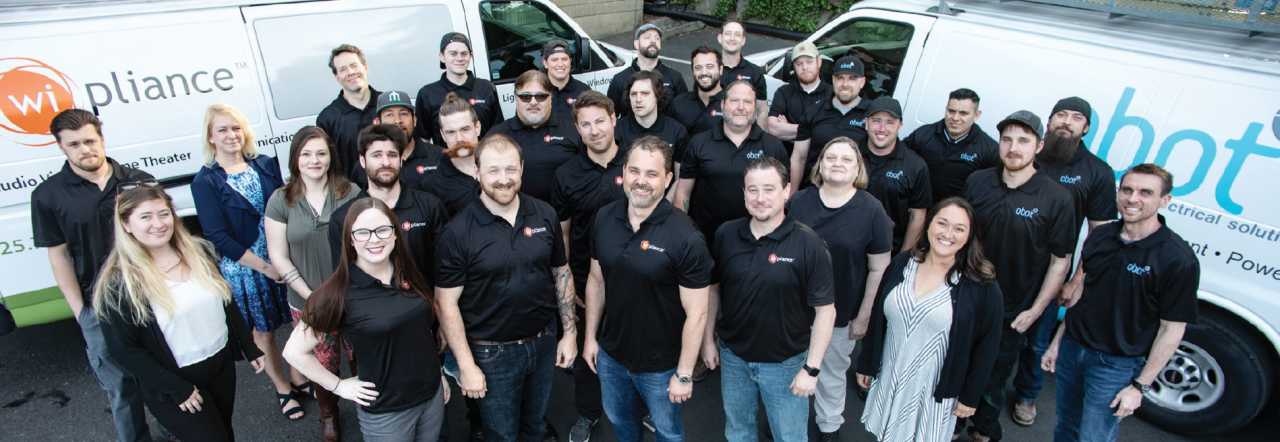
Your business was founded in 2006. What is the origin of your business name? What did you do before were you in custom integration? Talk about how you got interested in doing this work – and as you gained experience, what it was that you felt you were able to offer clients that was unique in the field.
Lee Travis: The name stands for “wireless appliance.” Years before I had the company, I felt that in future we’d have so many more wireless devices. And we’re not in the white goods business, but if you take the word “appliances” and drop off the app and put a “wi” there, that’s how you get the name.
I got into the car audio business first. I attend the Consumer Electronics Shows and at my 33rd CES this year, we won the Integrator of the Year Award. I loved car audio, but that industry began to change, and it was becoming a little more homogenized. OEM was developing better systems and cell phones were getting down into the free range – when we used to pay five grand for a cell phone, and the average cell phone bill was $1,500. As the car audio business waned, we started to do some home systems – people would ask us to do theaters, with those big CRT projectors. Eventually, I made a full move over to home and commercial, adding in other things builders wanted us to do, such as the communications and security wiring. They wanted us to cover all of the low-voltage category.
Obot Electric and Obot Energy, appear on your website as corollary businesses for your installation operation. Why did you develop these service offerings? And what are the advantages to being a one-stop shop - providing “end-to-end solutions,” as you say on your web site - for clients, relating to these corollary disciplines?
“Obot” stands for “on budget, on time.” What would happen is, when we’d go to install a home theater for someone, and we’d need power for a projector or for a TV and power for lighting control and shading as well. We would usually sub that work out to electricians, but often, they would prioritize their work over ours. We’d have a Lutron lighting control job set up to do on a Tuesday, and the electrician was supposed to be there and couldn’t show up till Friday. So I wanted to be able to control the whole customer experience, to make sure we could deliver the system [in a timely way] to our clients.



